News 3/4/10
I’m back at home after an exhausting, fun, and educational few days at HIMSS. I have a ridiculous number of e-mails to wade through, but as far as I can tell, there were no earth-shattering announcements, such as company mergers or the like. However, many new product releases, new partnerships, and client success stories were shared. Over the next few days I will digest it all a bit and post more highlights.
In terms of offerings of interest to physicians, I had the chance to look at a few of the EMR vendors. The big name vendors had heavy traffic the whole time, but I have to wonder if the HIMSS experience is worth it if you are a small vendor in one of the small booths and low traffic areas. A lot of those folks looked lonely.
I got a quick peek at SRS and I finally understand its appeal. It does not offer every bell and whistle that you might find in a NextGen or Allscripts product. However, it’s very intuitive, the screen is not cluttered, and navigation is simple. If you want to chart the complete note at the point of care, this is not the product for you. But if you want something that gets your charts electronic, it’s not a bad option. It’s not the option if you want to do complicated data searches since it relies heavily on scanning and transcription. There are limited discrete fields, which also means you don’t have a whole lot of point and click in the documentation process. I knew the product had these limitations before seeing it, but it is strong enough in its design to be an attractive alternative for certain types of providers (especially specialists).
I didn’t see the Sage product in great depth, but it looks like one of the more comprehensive EMRs in terms of its ability to be customized and to accommodate a totally paperless workflow. However, it is not the prettiest EMR out there and a little window dressing might improve its appeal.
If you are a smaller start-up vendor, here’s a recommendation: hire an industry veteran to help you define what is different and unique about your product. This is 2010 and there is no need for a vendor to begin a pitch saying that what makes his EMR great is that it makes patient information available from anywhere and saves on transcription costs and reduces paper. I’m pretty sure that just every HIMSS attendee is aware of that every EMR has that same potential. When a vendor starts telling their story in this fashion, their credibility is blown and their lack of experience in HIT is exposed.
Here is what seems to be a hot trend: products that can be bolted on to core practice management and EMR programs. The hospital world has been doing this for years, but not so much the ambulatory space. Of course there have long been claims clearinghouse that work with PM solutions, but now vendors are offering easy-to-use and customizable front-end solutions (like Salar) to work with EMRs, all sorts of RCM tools (RelayHealth is big in this area), and business intelligence tools to help doctors with PQRI reporting and the like.
Despite this not so pretty picture, VisualDX was a pretty sexy product and one of dozens of applications that are newly available for use on a smartphone. VisualDX includes a database of images so a provider trying to identify a particular skin rash, for example, could search through a library of thousands (with pretty precise search options.) A consumer version is also available for all those nervous moms.
For me, the HIStalk party was the ultimate highlight. If you were there, thanks for attending. And endless thanks to Encore, Evolvent, and Symantec, our gracious hosts. If you missed it, I hope we’ll see you next year!
Short post tonight as I get caught up on life! I’m be sharing more, so keep reading.

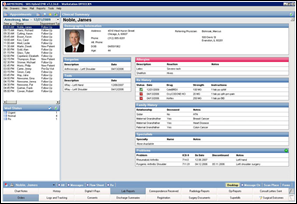
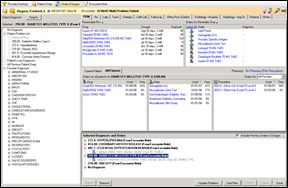
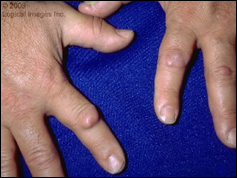



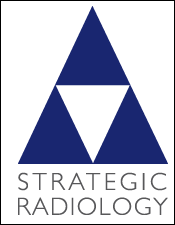
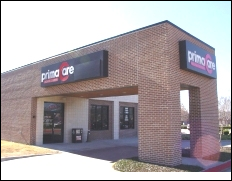

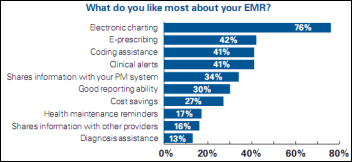
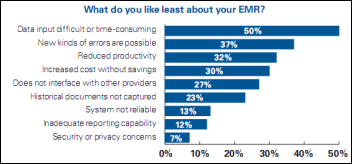
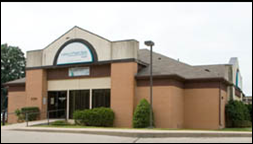


The article about Pediatric Associates in CA has a nugget with a potentially outsized impact: the implication that VFC vaccines…